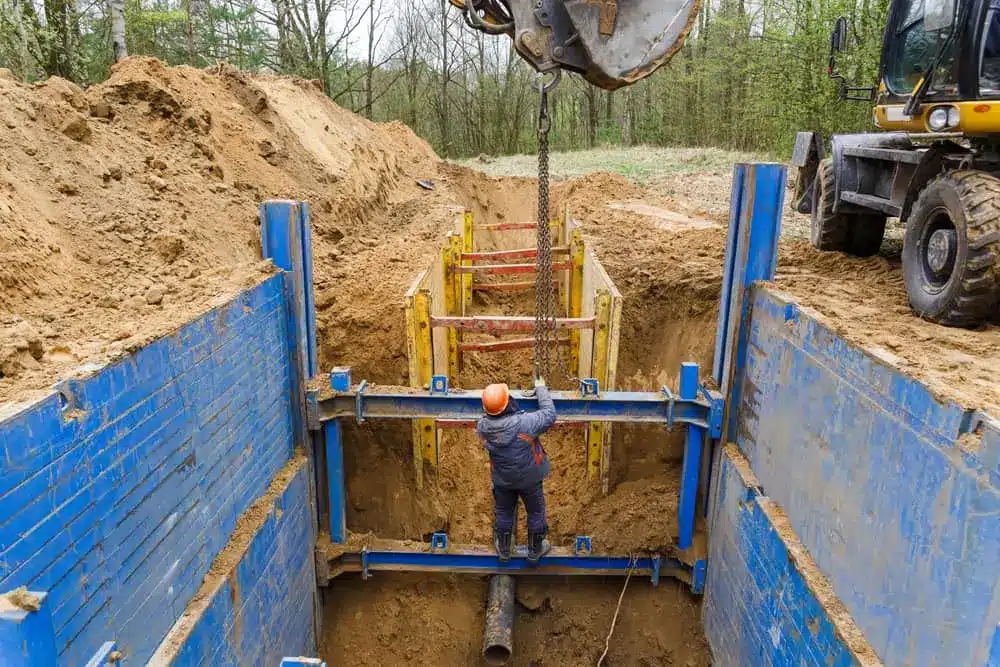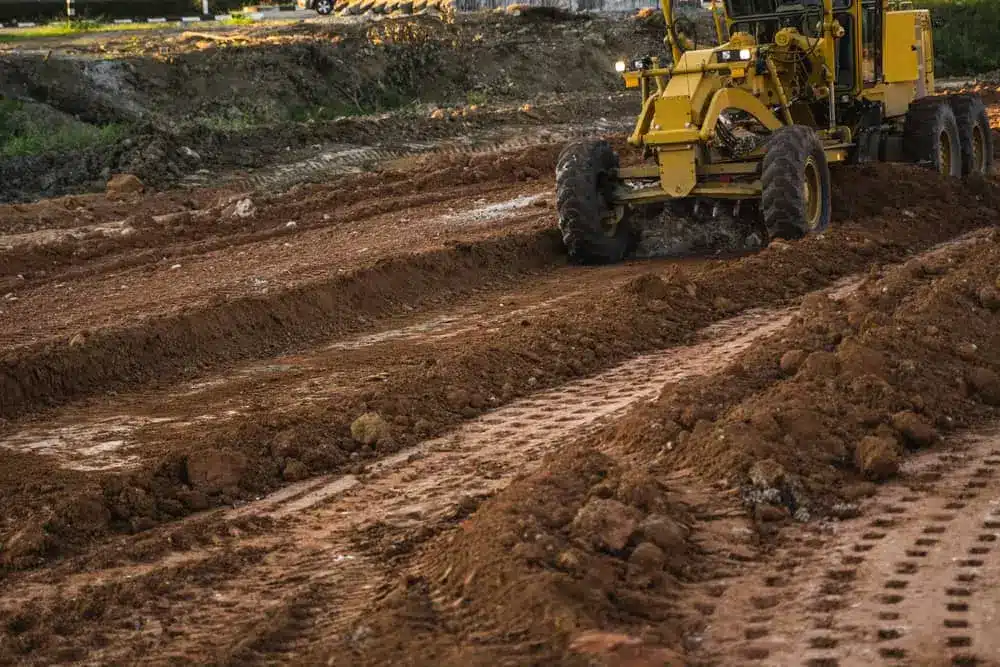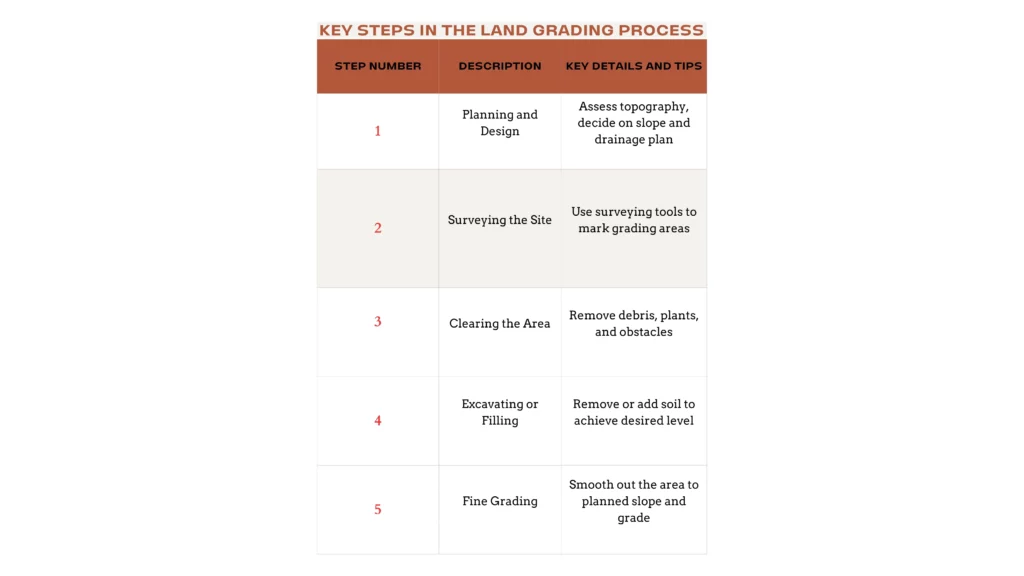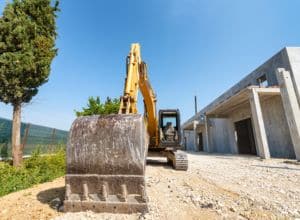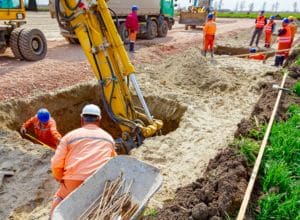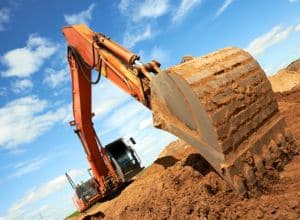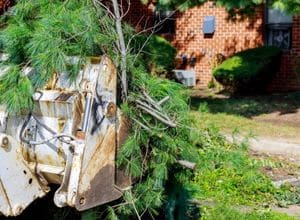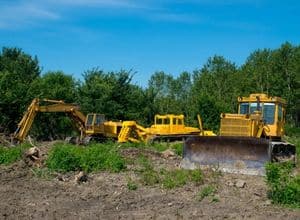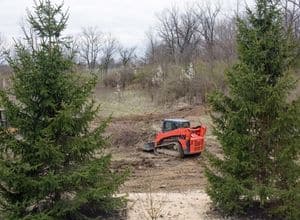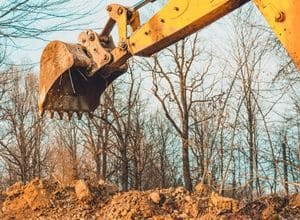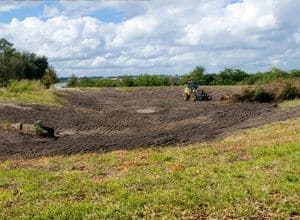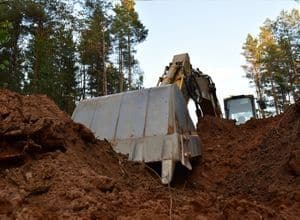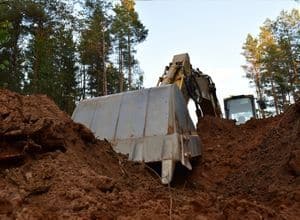You do not have to be an expert to know that earthmoving and excavation are high-risk jobs. Excavation services professionals must overcome various challenges to carry out their duties successfully.
That is why, if you plan to hire an excavation company, you must hire a reputable and competent one who will overcome these challenges with flying colors.
In this article, we discuss some challenges professionals face and overcome as we answer the question: What are the issues in excavation?
What Is Excavation in Construction?

The excavating team can only begin working on any construction project if the site has already been surveyed. This is where grading comes in.
Grading involves studying the project site. Grading covers all these things, from soil types to distances to facilities or structures to the slopes of the land.
The excavating team then designs a project plan detailing the machinery needed for the job, schedules, etc. After that, they’ll get the necessary licenses and permits to start developing the site.
What Are the Issues in Excavation?
The Slopes and The Angles
These are some of the greatest challenges in excavation. Even the flattest lands generally have a slope, even if it is just a slender, negligible angle. Naturally, this slope, notwithstanding how slender it might be, will greatly affect the excavation due to the problems inherent to the slope of the earth.
This is a fundamental geometry that the specialists have to deal with.
The greater the slope angle, the more the excavators have to ensure that the water does not keep on constantly running into the foundation and that the gravitational forces do not cause the construction to lean with time. To counter this challenge, the concept of constructing swales comes into play to divert the flow of the water.
Countering Troublesome Water

While water is an essential component in construction, it can be detrimental to exaction and earth movement. Indeed, water, at times, poses the most significant challenge. If the area’s water table is shallow and the moisture content of the soil to be moved is high, then the earthmoving service experts have quite a task in hand.
Sometimes, the specialists bump against unexpected issues like waterlogged grounds and constant water flooding. These pros must use their knowledge and experience to overcome the challenge.
At times, they would adopt additional processes like digging several supportive trenches as well as deep wells, which would force the water somewhere else, away from the excavation site.
Countering The Rocks
This is another challenge that these professionals would face. The extent of hassle the excavators face depends on the type and extent of rocks. And as the challenges unfold, the pros take adequate measures to counter them.
Dealing With The Soil
The soil itself is another predicament faced by every excavation company. One of the stiffest challenges is that, considering the moisture content and makeup, the soil can quickly cave back into the pits and holes. Again, it will behave differently if the soil is a bit on the softer side or grainy. Hard soil will again act differently. Thus, depending on the type of soil they are dealing with, the excavation companies will take adequate measures.
The Threat Of A Cave-In

Numerous potential hazards exist when working in trenches and excavations. The most typical hazard is the threat of cave-in, which occurs when the walls of an excavation collapse.
Cave-ins can be deadly. Wall failures usually occur suddenly, with little or no time for workers to react. The soil’s weight crushes and twists the body, causing serious injury or even death in a matter of minutes.
Excavations need not be deep or large to create a life-threatening hazard, so every excavation project must be taken seriously.
Why do cave-ins occur? The nearby soil’s natural horizontal and vertical forces keep undisturbed soil in place. When we dig into the earth, these natural forces can no longer hold back the soil left behind.
With no support, the laws of gravity eventually take over, and the soil from the excavation walls moves downward and inward into the excavation. The result is a cave-in.
How to Avoid Excavation Issues Through Good Construction Practices
- Stop excavation once water seepage into the excavated area surpasses the dewatering system’s capacity. Apply corrective measures to control the issue.
- However, the increase in water seepage is due to temporary factors like heavy rain. In that case, the issue will disappear quickly and need no further measures aside from halting excavation.
- Sometimes, groundwater seepage is low, but too much hydrostatic pressure beneath the rather impervious soil layer creates uplift pressure, leading to foundation instability.
- Carefully observe the excavation work and search for signs of uplift pressures, like the upliftment of the ground surface, development of soft wet areas, lateral movement, piping of materials from the slope, or uncontrolled seepage flow.
- Record the quantity of disposed water from the excavated area accurately to monitor any increase in water flow into the excavated area.
- Surface water is another source of problems that may arise during excavation. Provide proper surface drainage, like a ditch, to divert surface runoff, or else the excavated area will suddenly fill with water, causing construction delays.
- Maintain the surface drainage to keep the excavated spot in good condition until the end of the backfilling process. Moreover, strategically install snow fences around the excavation spot to protect it from drifting snow.
- If the excavation needs shoring and bracing, install shoring and bracing before allowing the excavation to cut. The lateral pressure of moved soil after excavation is more significant than that of unmoved soil.
- Provide enough distance between the excavation edge and the location of operating heavy machinery and stockpiling to prevent endangering the stability of the excavated area.
- Prevent excessive erosion of excavation slopes. During heavy rain, cover the excavation slopes with polyethylene sheeting, straw, and silt fences.
- Classify excavated material into different classes of backfill and stockpile it accordingly. Add water to the backfill material to attain the optimum moisture content for compaction. Protect the backfill material to avoid water entry.
Before You Hire a Team for Your Excavation Project

Before proceeding with the project, you should discuss certain things with your excavation extractor. These include erosion and sediment control, as well as clearing and grubbing.
If there are erosion issues, the excavating team must be ready with mechanical and vegetative measures to control the problem. Otherwise, inspectors could stop the whole project.
Clearing and grubbing, on the other hand, involve disposing of brush, trees, stumps, and roots. There are specific laws and ordinances regarding this, so it’s best to check with your state before burning the cleared objects.
Some Tips for Hiring an Excavation Contractor
Now that you know the essentials for starting an excavation project, the next step is to hire the right excavation contractor.
One factor that will affect your decision is the scale of your project. If you need full-service excavation, you can only hire one that does septic tank installations, for example.
You’ll also want to hire a company with years of experience and the right equipment for all kinds of excavating jobs. While it’s tempting to hire someone who offers low rates, what’s more important is the quality of the work. Go for a contractor who knows how to meet and exceed industry standards and is licensed, bonded, and insured.
Looking for Excavating Services?
We can help. We provide excavating and grading services at reasonable prices. Don’t hesitate to call us for more information on how we can help your upcoming excavation project.
